Curator X Zhu-Nowell: ‘People in Shanghai have been very isolated and there is a hunger’
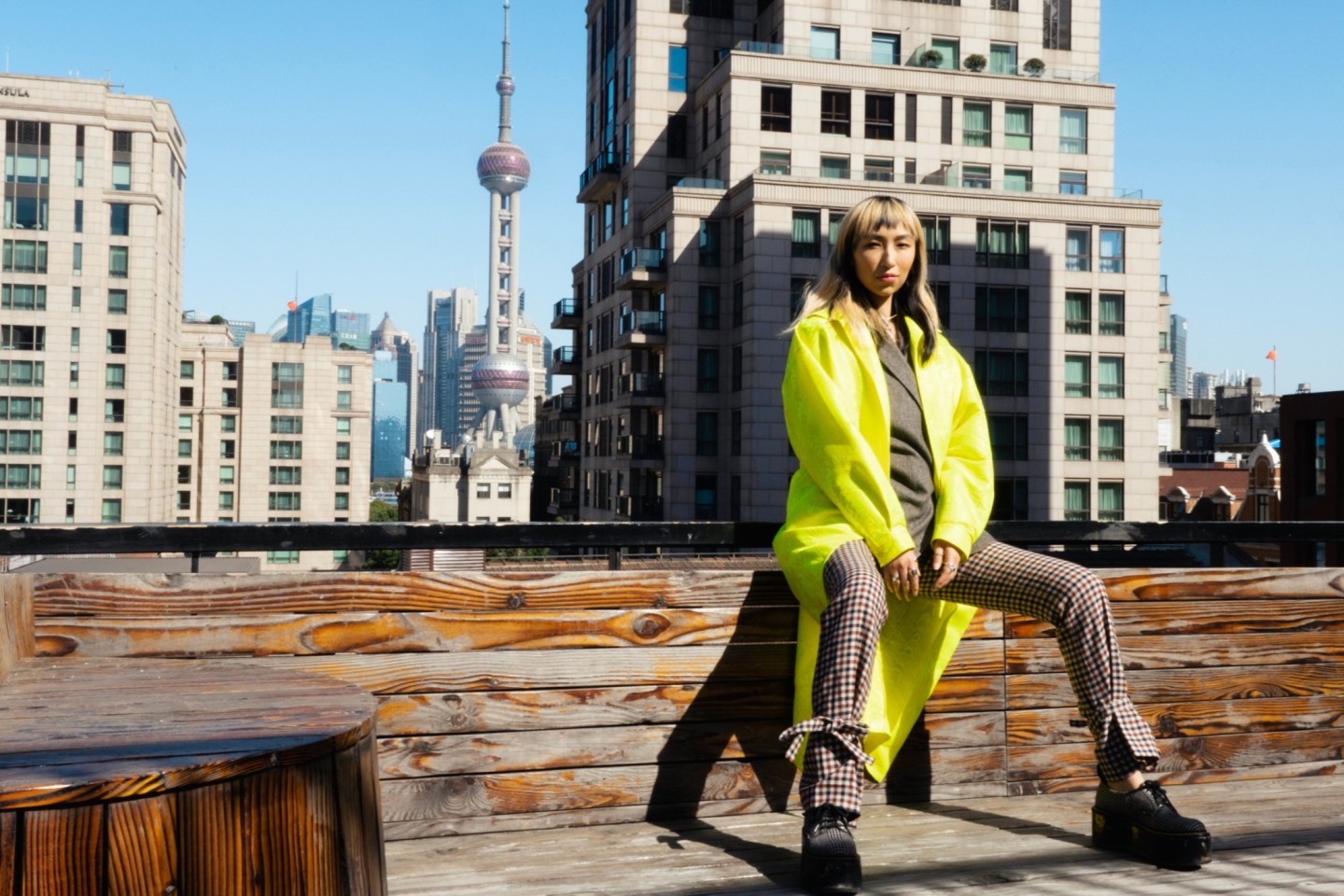
Roula Khalaf, Editor of the FT, selects her favourite stories in this weekly newsletter.
When the Rockbund Art Museum relaunches in Shanghai on April 1, it will do so with a series of six solo-artist exhibitions that — to borrow the language of fashion marketing — will drop one by one over the year. Sometimes overlapping, and allowing dialogues to emerge, it’s the idea of the institution’s new artistic director, X Zhu-Nowell (who uses the pronouns they/them). “It’s a collection of solo projects that together form a group,” they say. “It shows the artists as individuals but not alone, and myself as part of a community.”
Born in 1990 and a self-confessed fan of YouTube and TikTok, for how they turn images into mass consumption, Zhu-Nowell comes to their post in full knowledge that a social-media video of “a person sneaking into a hotel for a free breakfast gets 1mn views” and a museum does not. “I am hoping young curious kids will come to the shows, but we have to offer more. We want to focus on ideas as much as objects . . . and to think differently on the operational side of things, not to be confined by the building or the ritual of going to an exhibition.”
Zhu-Nowell themselves might prove a draw. Tall and often clad in statement clothing — a pink fur bomber, a translucent shift — they have a performative edge, though assure me: “I’m just into fashion. It’s not a calculated move.”
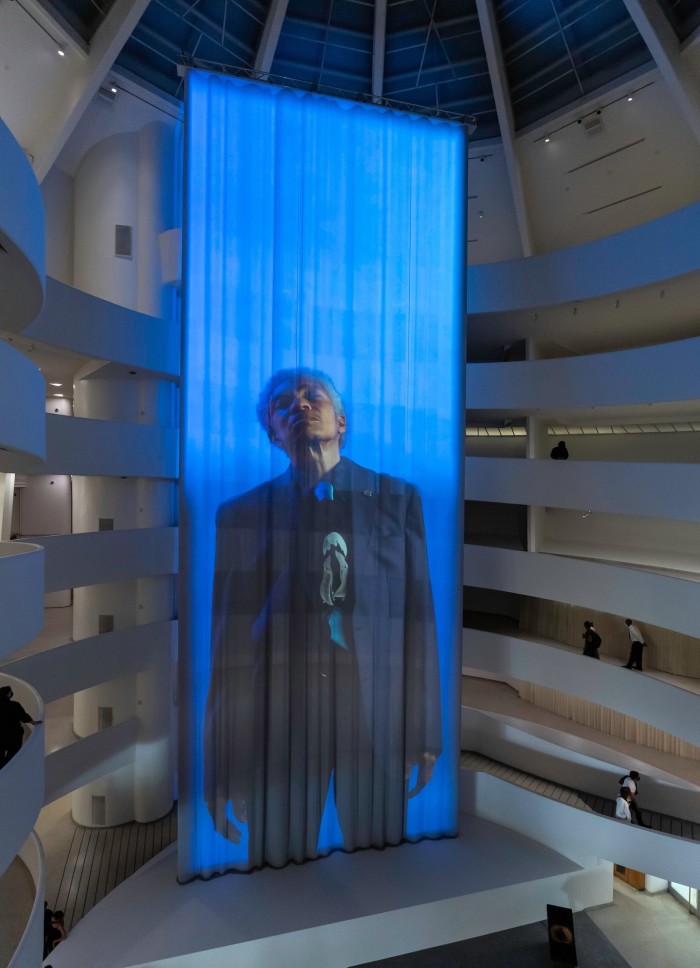
They are returning to China from a stint at the Guggenheim in New York, where they have been a curator since 2014. Their final project was an installation by the filmmaker Wu Tsang, where a performance of the spiritual “Deep River” by the vocalist Beverly Glenn-Copeland was projected on to a scrim panel that floated down the entire height of the Rotunda. The museum’s heart became a moving and meditative space and some of the harshest New York critics were enthralled. The work is now in the Guggenheim’s permanent collection.
Back in Shanghai, the curator has found themselves in a very changed place. They left the city 12 years ago to study at Berkeley in California, then MIT in Massachusetts, choosing to be represented by the letter X and recognising their non-binary gender along the way. “I’d never been to the US before,” they say, of that initial journey west, “but even as a kid I wanted to see the world. I wasn’t fascinated by western dominance, it was more pure curiosity, about operating in a different way.”
Since then, Covid has left its sticky mark, while Xi Jinping has had 10 years to enforce his authoritarian stance, which has included tightening rules on what can or can’t be said or exhibited in public. “A place that is seemingly restricted might not be in the way that you think,” says Zhu-Nowell enigmatically. “If anything, I love the complexity of China, and that people there are more interested in process. Sometimes in New York, when it’s all about the product, rather than how you get there, it’s harder to be flexible.” At MIT, they say, time spent in the performance department offered useful lessons in how to operate within a given context and conditions. It is also where they met and married Frederick Nowell, a musicologist.
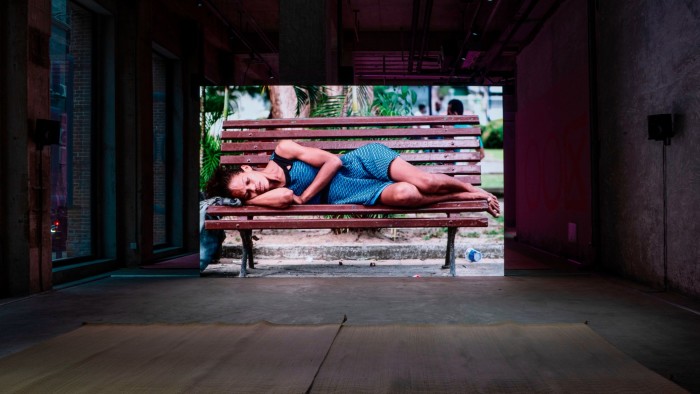
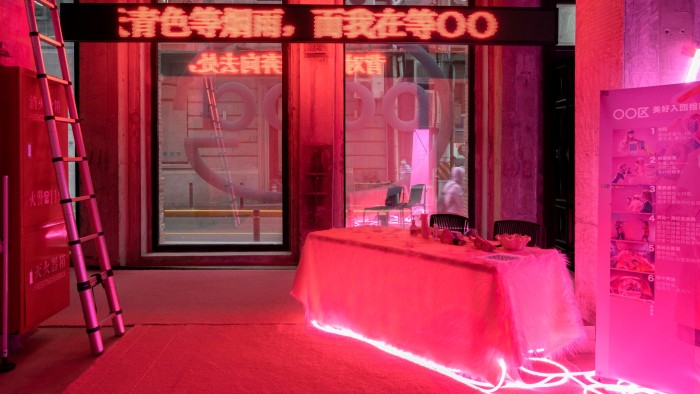
The legacy of lockdown nonetheless slides around in unexpected ways, making Shanghai both familiar and foreign. Food is something to be ordered in and it’s hard to use an American credit card; stores have taken out card machines as domestic customers use their phones for WeChat Pay and Alipay. “But people in Shanghai are very excited about things reopening. They’ve been very isolated and there is a hunger.”
The Rockbund Museum is a private institution housed in a gorgeous Art Deco building. Dating from 1932 (and originally home to one of China’s first national museums), it is one of 11 historic buildings in a quarter whose renovation was started in the late Noughties by the British architect David Chipperfield. The Rockbund Art Museum opened in 2010 as a contemporary art museum, partly funded by the Rockbund development company that had brought the district back to life. “It once housed the Royal Asiatic Society and I’m interested in this colonial history of knowledge production here in Shanghai, and who owns it,” they say. “It’s a critical context for my curatorial and institutional thinking.”
If the Royal Asiatic Society was established in 1857 by British and American expatriates to disseminate knowledge about China, then Zhu-Nowell is neatly reversing that programme with their initial run of exhibitions.
Each artist is part of the broad Asian diaspora and bringing them together, albeit loosely, represents the “archipelago thinking” that looks beyond traditional geographies and ideas of east and west, enabling different nodes of connection. Forget about globalism or universality. “It’s about moving towards a form of international exchange, where there is no centre and no periphery,” says Zhu-Nowell, “but a network of reciprocity.”
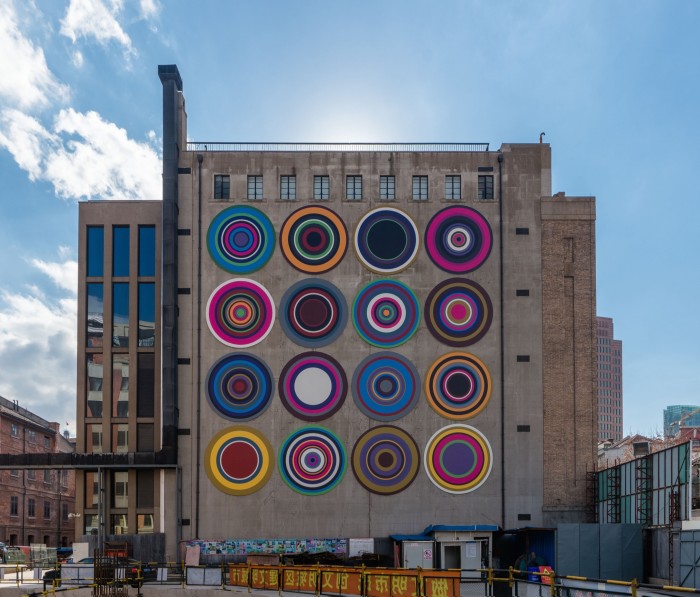
The first artist into the freshly renovated galleries is WangShui, a Chinese American who grew up in the San Gabriel Valley in California and now lives in New York. Their installations include multi-stream videos and pupating silkworms, and they have been working with AI for years to create crawling, blurring imagery. For Shanghai, WangShui has used AI to generate imagery transferred to scratch paintings on aluminium — abstract and post-human perhaps, but aesthetic and painterly too. “Shui is equally interested in Monet and the spatial collapse,” says Zhu-Nowell.
Next up, and showing simultaneously with WangShui for two months, is Evelyn Taocheng Wang, who studied traditional Chinese art in Nanjing, before moving to Europe. She now lives in Rotterdam. “Her practice often deals with her experience as an immigrant,” says Zhu-Nowell. In her current work, which involves imitative paintings overlaid with domestic objects, she is looking at Agnes Martin, the American painter, and Eileen Chang, a feminist writer in 1940s Shanghai who moved to the US in the 1950s and died in Los Angeles in 1995. “Chang had a unique language and style,” says Zhu-Nowell, “describing a person through their dress or how they handle a cup.”
While networks and knowledge exchange are on the agenda, people must come. “We want to be nimble and think about the social importance of an institution and to produce knowledge,” they say, “and to create a space where artists and audience can breathe.”
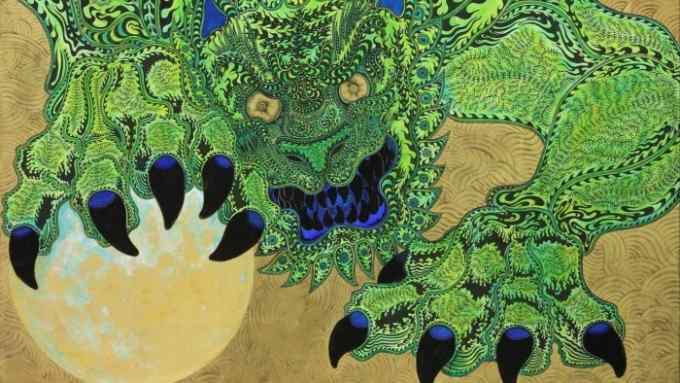
Comments